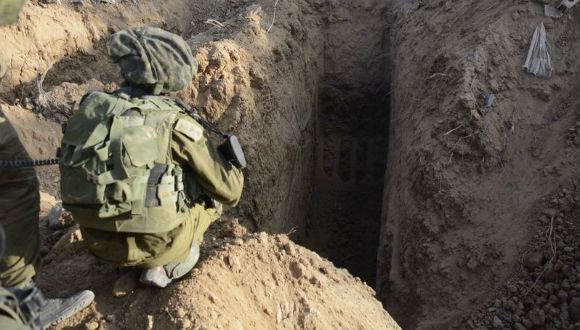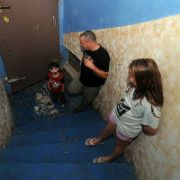Detecting the Terror Tunnels of “Lower Gaza”
At TAU’s Raymond and Beverly Sackler Faculty of Exact Sciences, geophysicist Prof. Moshe Reshef and his team are trying to solve one of Israel’s most challenging security dilemmas: detecting the extensive network of tunnels built by Hamas that are used to transport and store weapons and missiles, train fighters and infiltrate into Israel, posing a considerable threat to surrounding communities and national security.
Prof. Reshef heads the Center of Knowledge for Shallow Subsurface at the Department of Geosciences, Raymond and Beverly Sackler Faculty of Exact Sciences, which is dedicated to studying the shallow subsurface where the tunnels are located. Wholly funded by the Israel Ministry of Defense, the Center shares knowledge with companies contracted by the Ministry and with other institutions with the Ministry’s permission.
Reshef, considered Israel’s leading academic expert on tunnel detection technology, explains that it isn’t complicated to actually build the tunnels. What’s complicated is finding them. “It’s almost impossible to ‘see’ what’s underground,” he says. Because the tunnels are located in the shallow subsurface, the composition of the rocks and soil is extremely complex and made up of different materials, explains Reshef. “It’s not like oil and gas reserves which are located deeper down where the material is more homogenous and easier to measure.”

Photo: An inside view of a Gaza tunnel (Courtesy of the IDF)
“There’s no magic device out there that can ‘see’ through the physical layers underground,” continues Reshef. “This is the reason why the Ministry of Defense decided to invest in the Center of Knowledge at Tel Aviv University, the only department of geophysics in Israel.”
Using seismic methods, Reshef’s team sends energy into the ground and then waits for the seismic signals to return to their recording device on the surface. By processing the data, they try to map the subsurface where the tunnels could be located.
While Reshef is unable to reveal whether this method is being used in the current conflict, he can share that all the methods the TAU team is exploring are geophysical methods. “We’re aiming at the optimal method that will allow us to see from above,” he says. “It’s an ongoing process, but we’re making advances."






